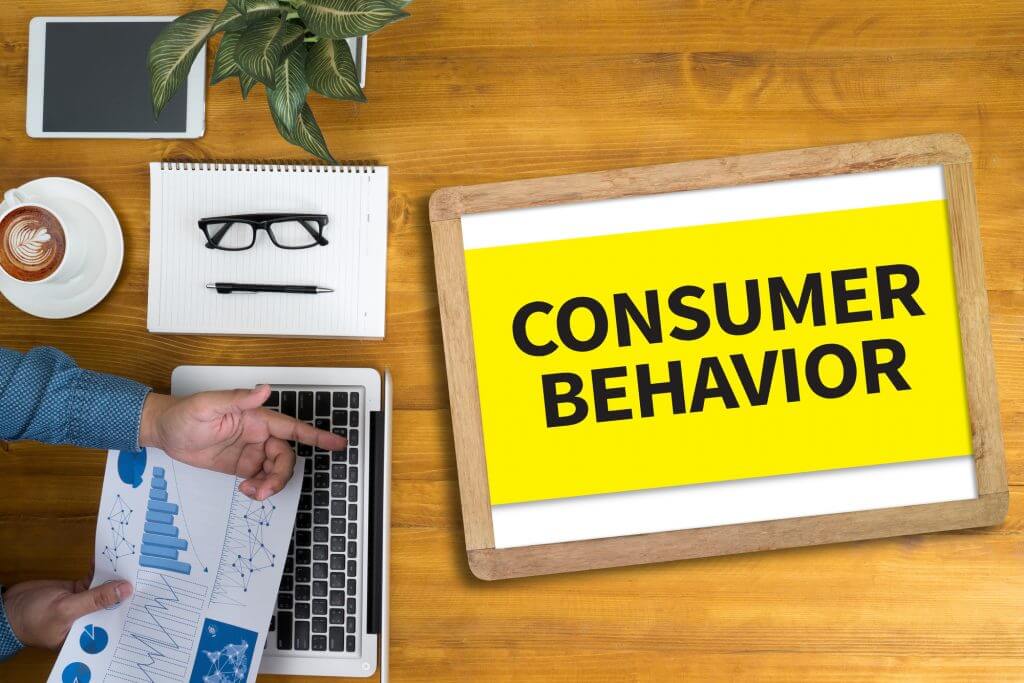What Is Consumer Behavior Data?
Consumer behavior data is what drives digital marketing activities.
It is a great piece of information about a customer’s buying habits. And it is collected every time someone orders an item online or visits a restaurant, for example.
Let’s think about convenience stores for a moment.
Their owners can watch how their customers shop, what they buy, and how often they come into the store.
They know their customers by their first name and probably know their children’s names and when their birthdays are.
These business owners inherently know when to purchase the most popular items because they know their customer’s purchasing habits.
Now imagine gathering these types of information, but on a much larger scale. It’s pretty hard.
That is why eCommerce stores and retail chain owners need better ways to keep track of customer behavior.
And that’s where data collection technologies come in to capture how consumers are shopping and why they make their purchasing decisions.
Why Should You Collect Consumer Behavior Data?
First of all, to learn how your customers behave, you need to create a 360° view of the customer’s journey.
You start by understanding the types of factors that influence buying behavior.
We all know that the broadcast media and social media channels bombard consumers with digital marketing, branding, and content marketing messages to influence consumers.
But often, buyers make decisions based on referrals or suggestions from their peer group, family, or simply based on their likes and dislikes.
This brings us to the main point.
Collecting data about the individual consumer, how they make decisions, and why they purchase their products will help marketers create a more satisfying buying experience.
And trust us: a lot of it has to do with personalization.
Here are a few statistics. 75% of viewer activity on Netflix is driven by recommendation, and 35% of Amazon’s revenue is generated by its recommendation engine.
Impressive, don’t you agree?
Consumers are obsessed with technology and constantly demand a personalized experience across all communications channels.
In this context, marketers should collect and use consumer behavior data to create better experiences, optimizing all three stages of the customer lifecycle:
The acquisition stage, when consumers decide which products to buy and where they will buy them.
The engagement stage, that determines what channels and promotions will attract customers.
And the retention stage, the process of pleasing customers and converting them into advocates for your brand.

How Do You Collect Consumer Behavior Data?
↳ A customer relationship management (CRM) system collects and stores information about consumers.
This data includes personal demographics like job, age, and personal interests. The CRM also collects buying activities like what products were purchased and how much they paid.
Many brands track customer intent activities which help predict what products they are considering to purchase in the future.
Viewing certain websites or reading blogs to conduct research are all intent activities.
↳ Surveys and other types of marketing research tools also collect valuable opinions from customers.
Many brands use standardized surveys. One popular model is known as the Net Promoter Score.
Customer experience teams send periodic surveys via email asking consumers with they would recommend the brand to a friend.
There is a 1-10 scale indicating which customers are promoters (9-10), passives (7-8), or detractors (1-6).
↳ In addition, customer forums, social media channels, and focus groups are popular ways to collect consumer perceptions and attitudes towards the brand.
Not only can companies find out who their loyal customers are, but they can also target digital marketing campaigns to reward their promoters.
How Do You Analyze Consumer Behavior Data?
Ok, so now you have wonderful data on your hands.
Consumer activity and behaviors are being measured on your website and eCommerce platform using analytical tools, like Google Analytics.
And social channels such as Facebook and Twitter are providing their own valuable information through their data analytics platforms.
But let’s face it.
There are millions of transactions every minute, so is not easy to keep track of everything.

This is why many brands rely on consumer data analytics software to organize and report on buying trends for their products and competitors.
It is a smart way to put information in a format that company executives and marketing professionals can quickly digest.
The software can process large volumes of data and generate interactive reports and dashboards on a real-time basis.
As a result, decisions can be made quickly without worrying about a lag in information. This helps companies keep their campaigns fresh and relevant to their customers.
How to Use Consumer Behavior Data to Succeed in Your Marketing Strategies
The best advice we can give here is: listen to what your data is screaming.
Why screaming? Because we are living in an era of conscious consumers, where very little is tolerated by them.
People are not afraid to take a stand — and they will easily turn against unethical businesses.
Yes, using consumer data helps a company to create better, more personalized buying experiences.
But it also educates brands about behavior trends in a world of fast-paced changes.
It encourages businesses to become more transparent about their processes and rewards them for doing so.
In that way, consumer behavior data can really guide improved strategies that are more aligned to a new (and conscious) way of shopping.












Replies to This Discussion